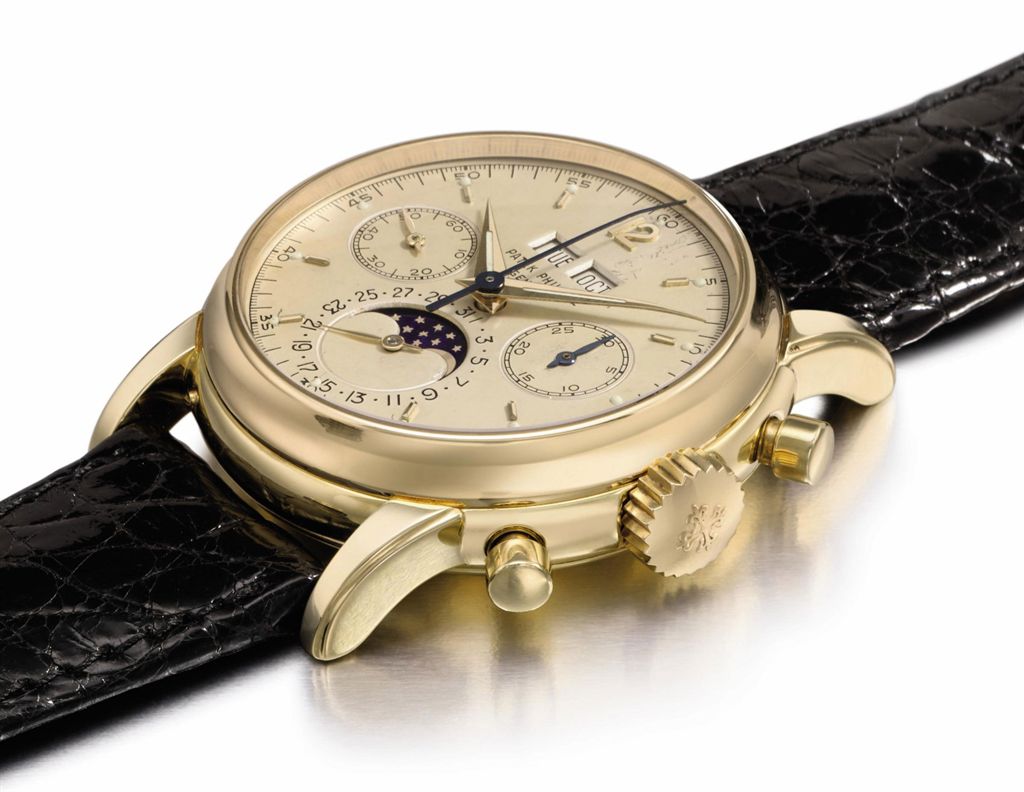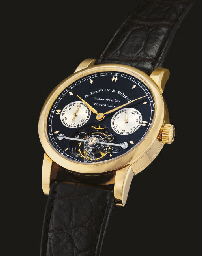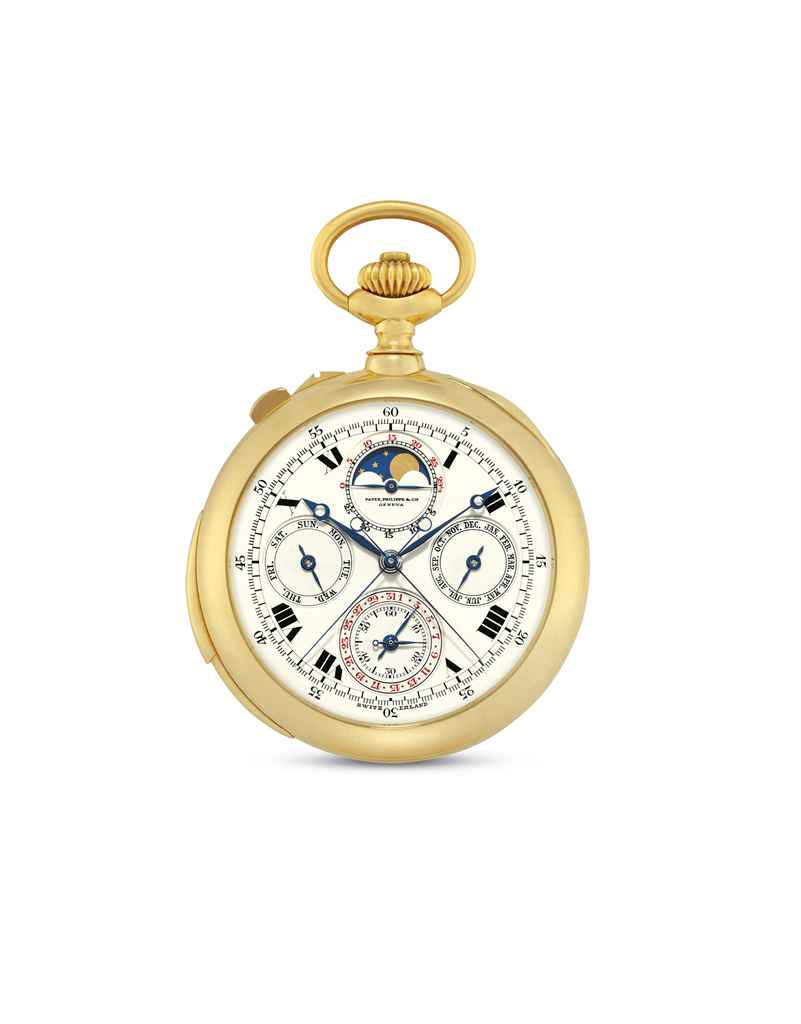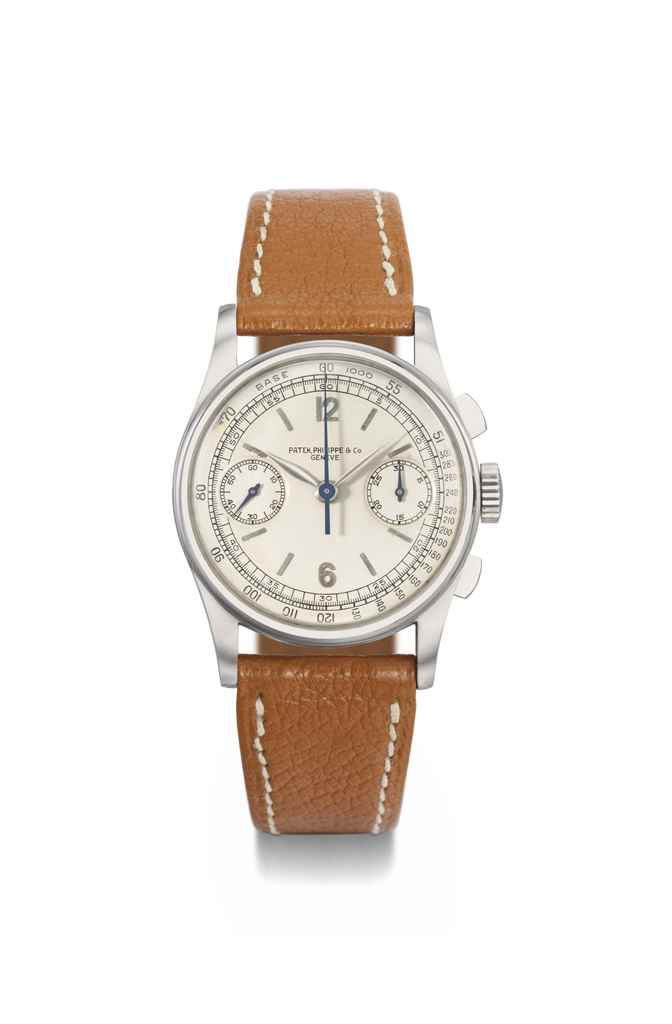A fine and rare William III walnut veneered table clock with pull quarter-repeat on six bells John Boucheret, London, circa 1695-1700 The five finned and knopped pillar twin fusee bell striking movement with verge escapement regulated by short bob pendulum and pull quarter-repeat on a nest of six graduated bells, the backplate engraved with fine symmetrical foliate scrolls around an oval herringbone bordered cartouche signed John Boucheret, Londini Fecit to centre, the 8 inch square brass dial with ringed winding holes and foliate scroll border decorated calendar and false bob apertures to the matted centre within applied silvered Roman numeral chapter ring with stylised sword hilt half hour markers, Arabic five minutes to outer track and signed Boucheret, London to lower edge, with pierced blued steel hands and angles applied with cast winged cherub head spandrels within herringbone border interrupted by N/S strike/silent switch aperture at twelve o'clock, the figured walnut veneered case with unusual twin female term and tied foliate bud cast hinged brass carrying handle to the domed caddy superstructure flanked by vase finials above complex crossgrain top mouldings and glazed front door now applied with female mask cast mounts to uprights, the sides with brass repousse scroll pierced lozenge shaped sound frets over rectangular glazed apertures, the rear with rectangular glazed door set within the frame of the case, on complex moulded shallow skirt base with brass disc feet, 39cm (15.25ins) high excluding handle. A maker with the name John Boucheret is recorded in Baillie, G.H. Watchmakers & Clockmakers of the World as working circa 1750. Baillie also records a Jacob Boucheret as gaining his Freedom of the Clockmakers' Company in 1728; it is most probable that these records relate to subsequent generations of the maker of the current lot. From his name it may be appropriate to speculate that John Boucheret was probably a first generation Huguenot immigrant clockmaker who could have possibly quietly worked outside the jurisdiction of the Clockmakers' Company maybe in one of the larger Huguenot workshops such as that of Claude Du Chesne. The movement of the current lot echoes the work of Daniel Quare and Thomas Windmills, in particular the layout of the repeat work with the hammer arbors pivoted between the plates (rather than fitted to a separate carriage). Such detailing is typical for clocks made during the latter years of the 1690's as is the engraving to the backplate which can be closely compared to that on an ebony table clock by Quare illustrated in Dawson, Percy G., Drover, C.B. and Parkes, D.W. Early English Clocks page 373, Plate 534. The dial again is nicely detailed with the relatively refined appearance of the centre being perfectly complimented by the herringbone border to the edge of the plate. The walnut veneered case is particularly rare and attractive with well-chosen figured veneers. Due to the enduring fashion for ebony, walnut-cased table clocks from this period are very scarce. This is illustrated by the fact that only one from Tompion's numbered series (number 88) is recorded as being in a walnut case (see Barder, Richard The Georgian Bracket Clock 1714-1830 page 49, and Evans, Jeremy THOMAS TOMPION at the Dial and Three Crowns page 88). Condition report disclaimer
A fine and rare William III walnut veneered table clock with pull quarter-repeat on six bells John Boucheret, London, circa 1695-1700 The five finned and knopped pillar twin fusee bell striking movement with verge escapement regulated by short bob pendulum and pull quarter-repeat on a nest of six graduated bells, the backplate engraved with fine symmetrical foliate scrolls around an oval herringbone bordered cartouche signed John Boucheret, Londini Fecit to centre, the 8 inch square brass dial with ringed winding holes and foliate scroll border decorated calendar and false bob apertures to the matted centre within applied silvered Roman numeral chapter ring with stylised sword hilt half hour markers, Arabic five minutes to outer track and signed Boucheret, London to lower edge, with pierced blued steel hands and angles applied with cast winged cherub head spandrels within herringbone border interrupted by N/S strike/silent switch aperture at twelve o'clock, the figured walnut veneered case with unusual twin female term and tied foliate bud cast hinged brass carrying handle to the domed caddy superstructure flanked by vase finials above complex crossgrain top mouldings and glazed front door now applied with female mask cast mounts to uprights, the sides with brass repousse scroll pierced lozenge shaped sound frets over rectangular glazed apertures, the rear with rectangular glazed door set within the frame of the case, on complex moulded shallow skirt base with brass disc feet, 39cm (15.25ins) high excluding handle. A maker with the name John Boucheret is recorded in Baillie, G.H. Watchmakers & Clockmakers of the World as working circa 1750. Baillie also records a Jacob Boucheret as gaining his Freedom of the Clockmakers' Company in 1728; it is most probable that these records relate to subsequent generations of the maker of the current lot. From his name it may be appropriate to speculate that John Boucheret was probably a first generation Huguenot immigrant clockmaker who could have possibly quietly worked outside the jurisdiction of the Clockmakers' Company maybe in one of the larger Huguenot workshops such as that of Claude Du Chesne. The movement of the current lot echoes the work of Daniel Quare and Thomas Windmills, in particular the layout of the repeat work with the hammer arbors pivoted between the plates (rather than fitted to a separate carriage). Such detailing is typical for clocks made during the latter years of the 1690's as is the engraving to the backplate which can be closely compared to that on an ebony table clock by Quare illustrated in Dawson, Percy G., Drover, C.B. and Parkes, D.W. Early English Clocks page 373, Plate 534. The dial again is nicely detailed with the relatively refined appearance of the centre being perfectly complimented by the herringbone border to the edge of the plate. The walnut veneered case is particularly rare and attractive with well-chosen figured veneers. Due to the enduring fashion for ebony, walnut-cased table clocks from this period are very scarce. This is illustrated by the fact that only one from Tompion's numbered series (number 88) is recorded as being in a walnut case (see Barder, Richard The Georgian Bracket Clock 1714-1830 page 49, and Evans, Jeremy THOMAS TOMPION at the Dial and Three Crowns page 88). Condition report disclaimer















Try LotSearch and its premium features for 7 days - without any costs!
Be notified automatically about new items in upcoming auctions.
Create an alert